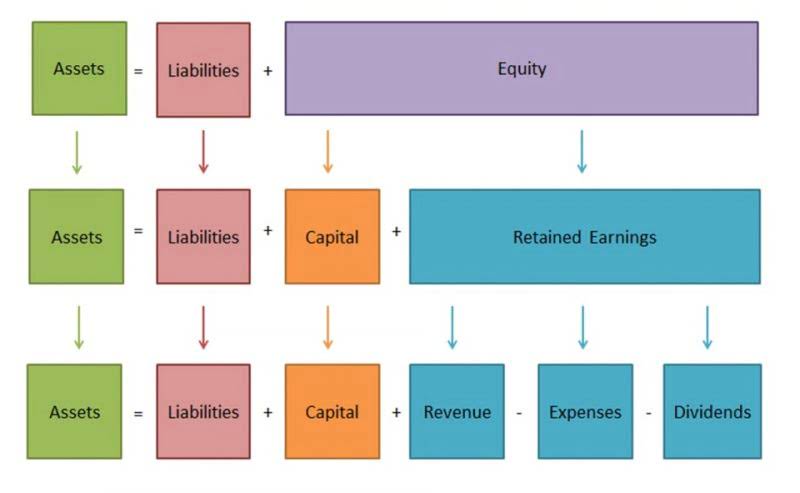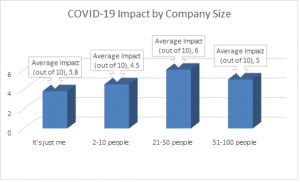Но со стимулами перестарались, и инфляция начала разгоняться. В итоге ФРС пришлось переставить ногу с «газа» на «тормоз», чтобы замедлить рост цен. В случае с США сказались традиции федерализма — у регионов было больше власти, чем у федерального правительства. Федеральная резервная система США (ФРС) – https://fxtrend.org/ это независимое государственное учреждение, основная задача которого – управление денежно-кредитными отношениями в США.
С другой стороны, снижение ставки неизбежно вызывает рост инфляции и удорожание импортных товаров. Федеральная резервная система постоянно ищет оптимальный баланс между целевым уровнем инфляции и стоимостью национальной валюты. Ставка ФРС – это процентная ставка, которую устанавливает Федеральный резерв США (ФРС) для того, чтобы управлять денежно-кредитными отношениями в стране. Ставка ФРС определяет размер процентной ставки, по которой ФРС кредитует банки. А также поддержание допустимого уровня инфляции доллара. Показатель устанавливается Федеральным комитетом по операциям на открытом рынке США.
Как изменение ставки ФРС влияет на рынок
Частный случай покупки облигаций — это программа количественного смягчения, или quantitative easing (QE). Это тоже операции ФРС на открытом рынке, но масштабнее. Причем не только короткие гособлигации, но и другие типы бумаг, например ипотечные. Федеральный комитет по открытому рынку, FOMC, финансовые инструменты виды определяет денежно-кредитную политику ФРС.
Как устроена ФРС США и на что она влияет
- Таким образом конгресс поделился частью своей власти с ФРС.
- Еще FOMC отвечает за все другие решения, влияющие на ставку.
- Ставка ФРС – это процентная ставка, которую устанавливает Федеральный резерв США (ФРС) для того, чтобы управлять денежно-кредитными отношениями в стране.
- Каждый выполняет функции ФРС в своей регионально-экономической агломерации.
- В случае с США сказались традиции федерализма — у регионов было больше власти, чем у федерального правительства.
ФРС является независимым от правительства учреждением, что позволяет ему работать независимо от политических целей и интересов. Однако руководство ФРС назначается президентом США с согласия Сената, а также отвечает перед Конгрессом за свою деятельность. Как правило, это событие тесно связывают с дальнейшим движением цен на криптовалюты.
Может ли президент США уволить главу ФРС
Но доллар — это международная валюта, и решения, выгодные для США, могут быть невыгодными для других стран. На свою долю банки-члены получают дивиденды — по закону не более 6% в год. Также коммерческие банки могут выбрать шесть из девяти членов совета своего ФРБ. Независимо от размера доли у каждого банка-члена только один голос. Главное различие этих двух центробанков в том, кому принадлежит их уставной капитал и имущество.
Например, ФРБ Атланты отзывы 770capital собирает статистику по агломерации, которая состоит по большей части из штатов на юго-востоке США. А ФРБ Сан-Франциско — по всему Западному побережью США, Аляске и Гавайям. Внутри Федеральной резервной системы есть три ключевые сущности. Если сравнить американский центробанк с российским, то различия будут в основном косметические. Например, главу ФРС выбирают на четыре года, а главу ЦБ РФ — на пять лет. Прежде чем говорить об изменениях ставки ФРС и о ее влиянии на рынок, следует разобраться — что такое ФРС.
По динамике изменения процентной ставки можно судить о состоянии экономики и проводимой монетарной политике. От действий ФРС зависит то, насколько хорошо или плохо все будет в экономике США. А так как на американскую экономику приходится почти четверть мирового ВВП, то любые значимые колебания в ней влияют на другие страны.
Определяет процент, под который коммерческие банки могут получать краткосрочные кредиты. Одновременно ФРС может вносить изменения и в другие показатели, в частности – менять процентную ставку, по которой сама резервная система кредитует банки. Ставка ФРС США определяет стоимость кредитов для коммерческих банков. Ее повышение делает национальную валюту менее доступной для банков и частных инвесторов. Нехватка предложений на рынке обычно подбивает вверх курс американского доллара, что в свою очередь оказывает влияние на другие торговые инструменты. В свою очередь, потребительский спрос зависит от разных макроэкономических показателей.
Если растет инфляция, то ФРС может уменьшить ликвидность и продать облигации. В итоге кредиты станут дороже, а потребители и компании начнут меньше тратить. И ровно наоборот, когда доллар теряет в цене — курс биткоина крепнет. В первую очередь следует понимать, что практически всегда криптовалюты торгуются за доллары США (USDT, BUSD, USDC). Поэтому стоимость криптовалют напрямую зависит от курса доллара, на который влияет Федеральный резерв США.



